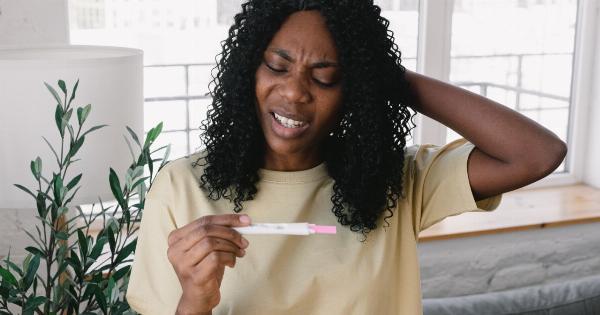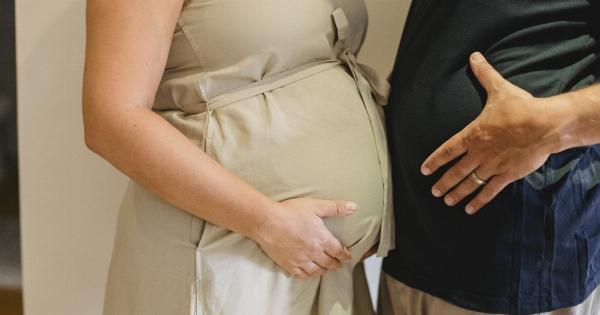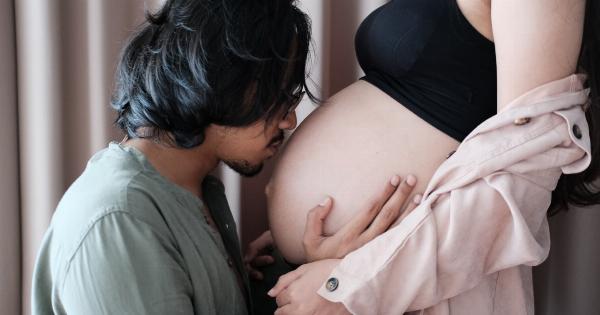Braxton Hicks contractions are also known as “practice contractions” or “false labor”. These contractions are named after the British doctor, John Braxton Hicks, who first described them in 1872.
They are a common occurrence during pregnancy and are usually felt in the second or third trimester.
How do Braxton Hicks contractions feel?
Braxton Hicks contractions are often described as a tightening or squeezing sensation in the abdomen. They can feel like mild menstrual cramps or a gentle tightening across the belly. These contractions are usually painless and come and go irregularly.
They typically do not increase in intensity or frequency.
What causes Braxton Hicks contractions?
The exact cause of Braxton Hicks contractions is unknown, but there are several factors that may contribute to their occurrence. These factors include:.
- Dehydration
- Bladder irritation or a full bladder
- Increased activity or exercise
- Sexual intercourse
- A full stomach
- A distended bowel
How long do Braxton Hicks contractions last?
The duration of Braxton Hicks contractions can vary from woman to woman. Some women may only experience them for a few seconds, while others may have them for a minute or two. The contractions may also come and go at irregular intervals.
How can I differentiate Braxton Hicks contractions from true labor contractions?
It can be challenging for some women to differentiate Braxton Hicks contractions from true labor contractions, especially if they are experiencing them for the first time.
However, there are a few key differences that can help distinguish between the two:.
Braxton Hicks Contractions:.
- Irregular contractions that do not intensify or increase in frequency
- Pain or discomfort is usually mild
- Contractions may subside with rest, hydration, or a change in position
True Labor Contractions:.
- Regular contractions that become more intense and frequent over time
- Pain or discomfort increases with each contraction
- Contractions continue regardless of rest, hydration, or change in position
When should I contact a healthcare provider?
While Braxton Hicks contractions are a normal part of pregnancy, there are instances where you should contact your healthcare provider. You should reach out to your healthcare provider if:.
- The contractions become regular and painful, resembling true labor contractions
- You are less than 37 weeks pregnant and experience regular contractions, as this could be a sign of preterm labor
- You have any concerns or questions about the contractions
How can I alleviate discomfort from Braxton Hicks contractions?
Fortunately, there are several techniques you can try to relieve discomfort caused by Braxton Hicks contractions. These include:.
- Changing positions: Try changing positions or moving around to find a more comfortable position
- Drinking water: Dehydration can sometimes trigger Braxton Hicks contractions, so staying hydrated may help alleviate them
- Taking a warm bath: Soaking in a warm bath can help relax the muscles and reduce contractions
- Practicing relaxation techniques: Techniques such as deep breathing and guided imagery can help you relax and reduce discomfort
Can Braxton Hicks contractions be prevented?
Since the exact cause of Braxton Hicks contractions is unknown, it is challenging to prevent them entirely. However, there are some measures you can take to minimize their occurrence:.
- Stay hydrated: Dehydration can increase the likelihood of experiencing Braxton Hicks contractions, so make sure to drink plenty of water throughout the day
- Avoid overexertion: Rest and avoid overexertion or activities that may trigger contractions
- Avoid bladder irritation: Empty your bladder regularly and avoid holding urine for extended periods
- Practice good posture: Maintain good posture to reduce strain on the muscles and ligaments
Conclusion
Braxton Hicks contractions are a normal part of pregnancy and are usually harmless. They are often described as practice contractions and can occur in the second or third trimester.
While they can be uncomfortable, they do not typically indicate the onset of labor. If you have any concerns or questions about the contractions you are experiencing, it is always best to contact your healthcare provider for guidance.

























